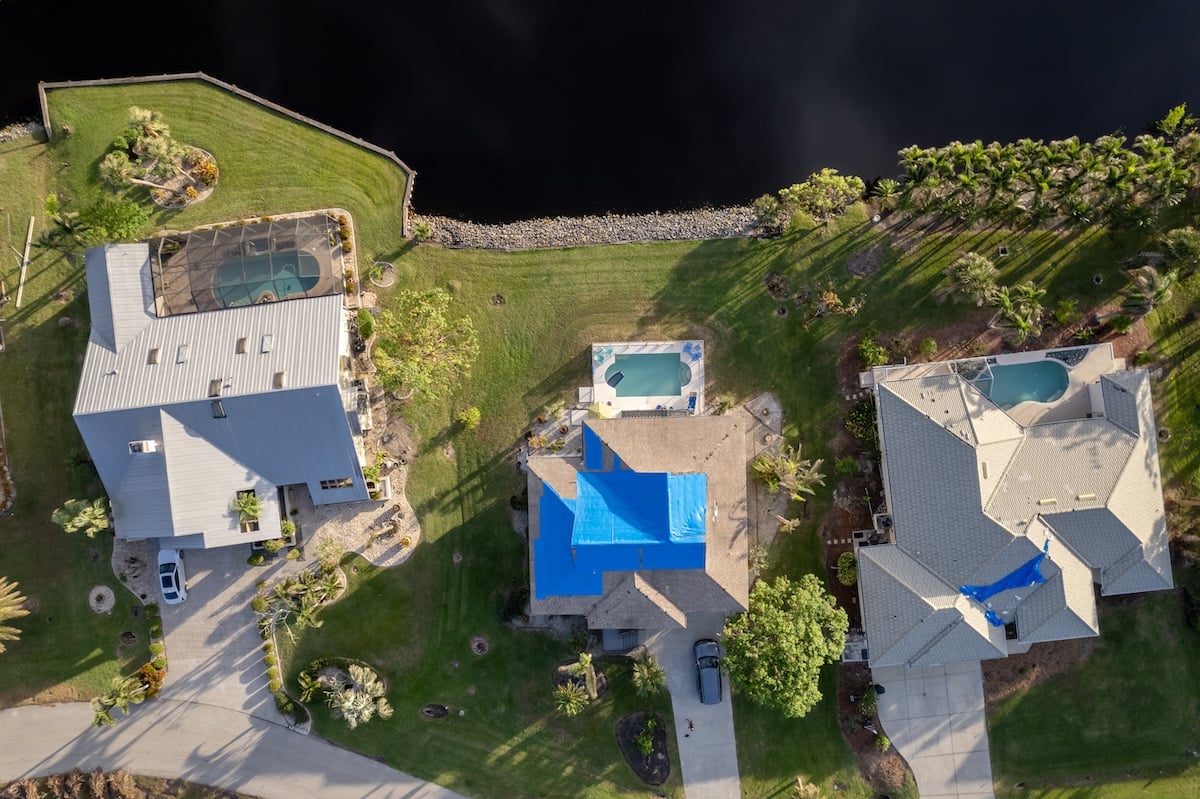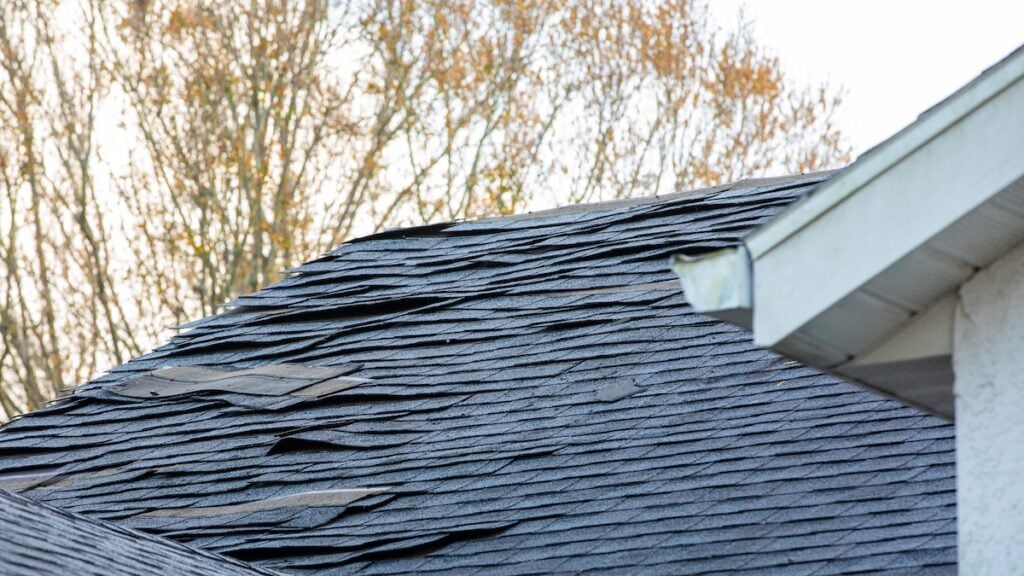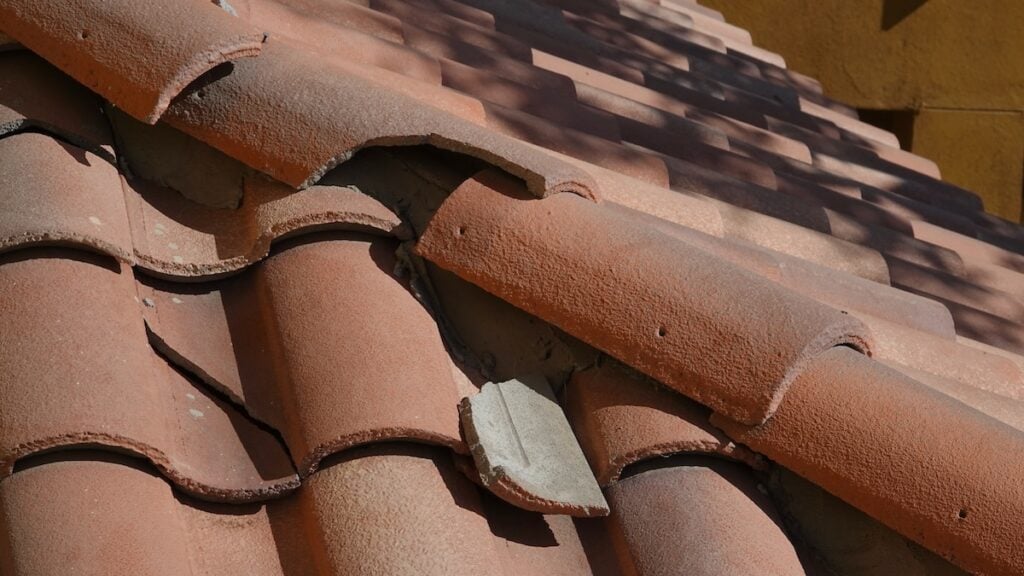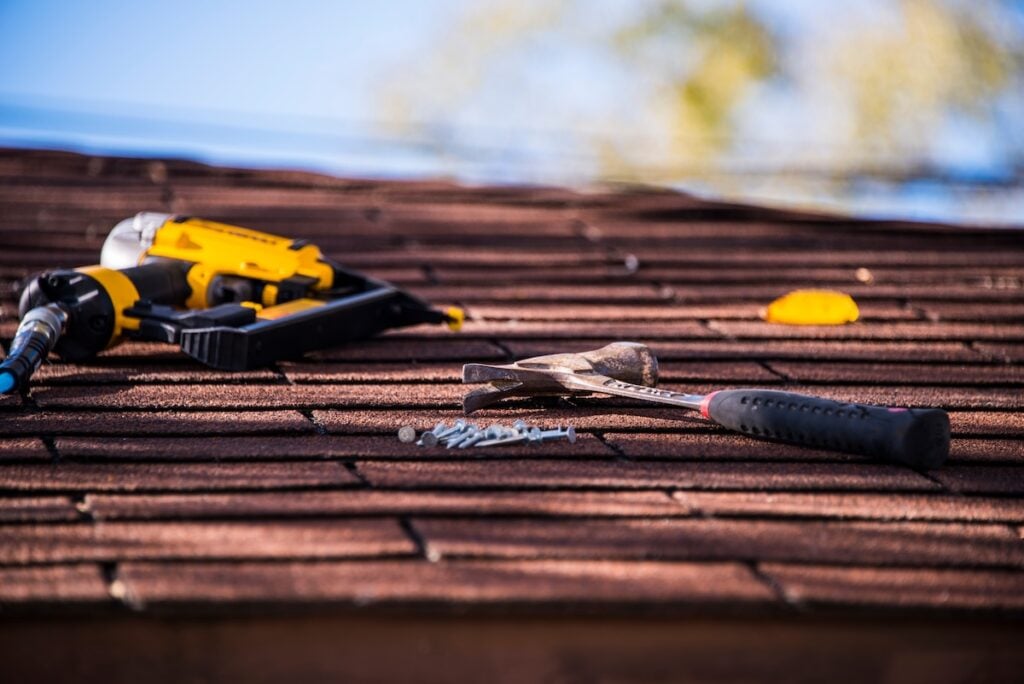
Storm Damage Roof Repair: How to Restore Your Roof Quickly and Safely
Roofing
Storm Damage
July 15,2025
When high winds, flying debris, or heavy rain strike, storm damage roof repair becomes a top priority for homeowners. Acting fast not only protects your property from further damage—it also helps extend the life of your entire roofing system.
In this guide, you’ll learn:
- What immediate steps to take after storm damage.
- The most common types of roof damage caused by storms.
- How to restore your roof safely with the help of professionals.
Whether your damage is minor or severe, the sooner you assess and act, the better your chances of avoiding more serious repairs.
⛈️ What to Do Immediately After a Storm
Once the storm passes, it’s time to move into action. The first few hours are critical to protecting your home from ongoing water intrusion or worsening damage.
1. Stay Safe and Assess from the Ground
- Check your surroundings before approaching your home.
- Stay clear of downed power lines, broken branches, or unstable roofing.
- Use binoculars to examine your roof without climbing.
2. Document What You See
- Take photos of any visible roof damage, missing shingles, or debris.
- Include images of affected gutters, siding, and windows.
- Save notes about the time, date, and severity of the storm for your records.
3. Call a Professional Roofing Contractor
Don’t attempt a full inspection yourself. A qualified contractor can:
- Assess hard-to-reach areas safely.
- Identify both visible and hidden storm-related issues.
- Recommend a strategy for storm damage roof repair based on the severity.

💨 Types of Storm Damage That Affect Roofs
Storms don’t just cause one kind of damage. Knowing what to look for helps ensure your contractor can address all problem areas.
Wind Damage
- Lifts or removes shingles, exposing the underlayment.
- Damages ridge caps, flashing, or drip edges.
- Loosens gutters or pulls them away from fascia.
Hail Damage
- Leaves dents or bruises on shingles and metal fixtures.
- Knocks off protective granules from asphalt shingles.
- Cracks tiles, shakes, or synthetic materials.
Water Damage
- Causes moisture to seep through weakened areas or broken seals.
- Leads to leaks, mold growth, or wood rot in attic spaces.
- Often invisible until stains appear on ceilings or walls.
Debris Damage
- Tree limbs, branches, or debris can puncture or tear the roof surface.
- Clogged gutters force water back under shingles.
- Fallen objects damage vents, flashing, or skylights.
✅ 6 Steps to Restore Your Roof After a Storm
This general process will help guide your next moves once you’ve contacted a professional.

- Perform a Thorough Inspection: A roofing contractor will assess the entire roof surface, attic space, and exterior edges. They’ll look for impact points, weak spots, and structural concerns.
- Protect Exposed Areas: Temporary coverings like tarps or plastic sheeting may be installed to prevent further damage while permanent repairs are planned.
- Remove Debris and Damaged Materials: Broken shingles, flashing, or underlayment will be cleared away so repairs can be made on a clean and stable surface.
- Complete Repairs or Replacements: Your contractor will repair torn or missing shingles, reseal flashing, and replace damaged decking as needed. Ventilation or gutter systems may also be restored.
- Inspect for Structural Damage: If your roof was hit hard, framing, rafters, or trusses may need reinforcement or replacement.
- Schedule a Follow-Up Check: A second inspection after repairs ensures all issues have been resolved and that your roofing system is watertight and secure.
❗️ Why Timely Roof Repairs Are So Important
Waiting too long to address storm damage puts your home at risk. Acting fast saves time, money, and stress in the long run.
- Increased water damage: Small leaks can lead to mold growth, insulation failure, or ceiling stains.
- Higher repair costs: Delays may allow damage to spread, requiring more extensive repairs or even roof replacement.
- Reduced roof lifespan: Damage left unchecked can weaken the entire system prematurely.
- Greater risk during future storms: A compromised roof is more likely to fail in the next major weather event.
🔍 How to Tell If Your Roof Needs Immediate Repair
Not all damage is visible to the untrained eye, but these signs indicate a need for fast attention.
- Missing shingles: Exposes the underlayment and decking to the elements.
- Sagging roof lines: May signal structural damage beneath the surface.
- Interior water stains: Show that moisture is already getting past the outer layer.
- Debris buildup: Blocks water flow and increases the risk of leaks.
⭐️ Tips to Prevent Further Damage Before Repairs Begin
- Place buckets under ceiling drips: Contain interior water and limit staining or flooring damage.
- Avoid walking on the roof: Unstable surfaces may collapse or worsen existing problems.
- Clear loose branches away from the home: Reduce the chance of secondary impacts or gutter clogs.
- Secure or remove broken gutters: Hanging pieces can tear away fascia or siding in high winds.
💪 How a Professional Roofing Contractor Makes a Difference
Hiring a qualified professional ensures that storm damage roof repair is handled efficiently, safely, and with long-term durability in mind.

- Trained assessment: Pros know how to spot damage most homeowners miss.
- Proper materials: Contractors use high-quality materials suited to your roof type and regional climate.
- Safe practices: Roofing experts have the tools and experience to work safely at heights or in dangerous conditions.
- Code-compliant repairs: Work is done to local building codes and roofing standards, giving your roof a longer and more reliable life.
🛠️ Common Roof Components That May Need Repair
Different parts of the roofing system can be affected during a storm. A thorough inspection should check all of the following:
- Shingles or tiles: Torn, cracked, or missing areas that need replacement.
- Flashing: Bent or loose flashing around chimneys, valleys, and vents.
- Fascia and soffit: Wood rot or dents from water exposure or debris impact.
- Ventilation systems: Damaged intake or exhaust vents that affect attic airflow.
- Gutters and downspouts: Detached sections or blockages that disrupt drainage.
🤝 Why Homeowners Trust FoxHaven Roofing Group
When storm damage hits, you need a team that moves quickly, communicates clearly, and delivers high-quality results. At FoxHaven Roofing Group, we take pride in helping Florida homeowners restore their roofs with professionalism and care.
Whether it’s a few missing shingles or widespread roof damage, we treat every home like it’s our own. Contact FoxHaven Roofing Group today and take the first step toward lasting roof protection.

